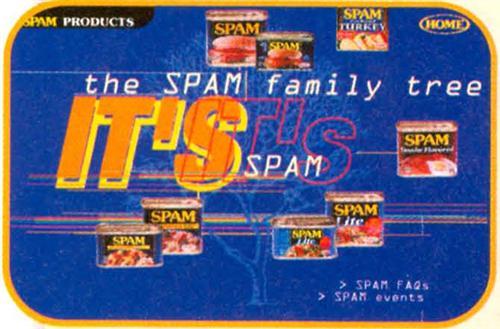Sign up for the Family Tree Newsletter Plus, you’ll receive our 10 Essential Genealogy Research Forms PDF as a special thank you!
Get Your Free Genealogy Forms
"*" indicates required fields
Go West, Young Man
My great-grandfather came from Ireland to New York City when he was a young man. He married and eventually fathered eight children — four boys and four girls. A country man at heart, he hated the big city and persuaded his wife to let him visit the West. The rural beauty of the southwest Oregon coast hooked him. He went back to New York and begged his wife to move west with him, but she refused. She and her children were not about to move away from civilization. She further told him she would have him declared dead if he stayed away too long. He went anyway, taking a ship to Panama, disembarking and walking across the isthmus, and catching a different ship up the west coast of the continent to Oregon. He returned to Oregon for good in 1855.
There he met my great-grandmother, then a widow with two children whose own husband had disappeared in the Alaska gold fields. They were married and had eight children — four boys and four girls. (One of my aunts claims he gave them the same names as the eight children in New York, but I don’t know that for certain.) My great-grandfather worked at various jobs out West, including fishing and logging, and filed for a homestead in Coos County, Ore.
After his death, the secret leaked out when two men from New York came seeking their father. They had with them a quitclaim for a piece of property their father had owned in the heart of the city. My grandfather (the eldest) and his two closest brothers signed the agreement, feeling that the New York family should have the property.
In the 1940s, one of my older cousins went to the University of Oregon for a year. His roommate was a young man from New York who said he had some relatives in Oregon. He turned out to be a descendant of our greatgrandfather. It was my cousin who found out what had happened to the Manhattan property our grandfather had signed away: It had been sold and on it had been built one of New York City’s greatest landmarks — the Empire State Building.
Last year my son and daughter, son-in-law and my four grandchildren and I went to visit New York City. Of course, our first stop was the Empire State Building, which would not stand where it does but for our little-known Celtic immigrant ancestor: a legacy to his descendants in New York and Oregon.
Patricia MacAodha
Portland, Ore.
Genealogy Made Easy
I recently met a young sailor at a nearby Navy base. Seeing his name on his uniform name tag was the unusual “Drawbridge,” I asked him, “Drawbridge — can you tell me how many there are by that name in the United States?” He quickly replied, “Sure. There are nine.” My comeback to that was, “It must be an easy name for genealogical research! Sure beats what I run into doing name searches.”
Tom Garcia
Brunswick, Maine
Too Much Togetherness
After noticing two examples in my families who were related but had different spellings of their names, I became curious. One older gent told me that he had asked his grandfather why their name was spelled differently from a cousin’s name, and this was the answer he received:
During the middle of the 19th century, many immigrants were coming to this country. They would try to find relatives who were already here. The new arrivals would then live with their relatives until they were settled. In our area, that meant finding land to farm and building a house on the land, which often took much time. So many unexpected and uninvited guests showed up that it was all the family could do to provide for them. Finally, they changed the spelling of their surname in hopes that they would not be so easily found.
MARILYN LAWRENCE
Monticello, Iowa

Before “spam” became a ubiquitous term for unsolicited e-mail, there was Spam, the canned meat — as the Hormel Co. of Austin, Minn., the makers of Spam and zealous protectors of its trademark, will be quick to remind you. But did you know that there’s now a whole Spam family? You would if you stumbled across the “Spam Family Tree” at Hormel’s official Spam site <www.spam.com/sp.htm>.
The site traces Spam’s “genealogy” back to 1937, when company president J.C. Hormel held a contest to name the “spicy ham packaged in a handy dandy 12-ounce can.” The winner was “Spam” and the rest is meatpacking history.
Today, as the Spam Family Tree spells out, that original Spam has descendants: Spam Oven Roasted Turkey, Spam Smoke Flavored, Spam Lite and Spam Less Sodium. The progenitor of this happy family, plain ol’ Spam, is of course still going strong.
After you whip a batch of Spambalaya Jambalaya (we kid you not — see the recipe at <www.hormel.com/Hormel/recipe.nsf/LURecipes/spambalayaPOpenDocument>), though, you might want to send the Hormel folks a few family tree tips. We want birth dates throughout! And where are the source attributions here?
Just don’t, er, spam them.
ADVERTISEMENT

